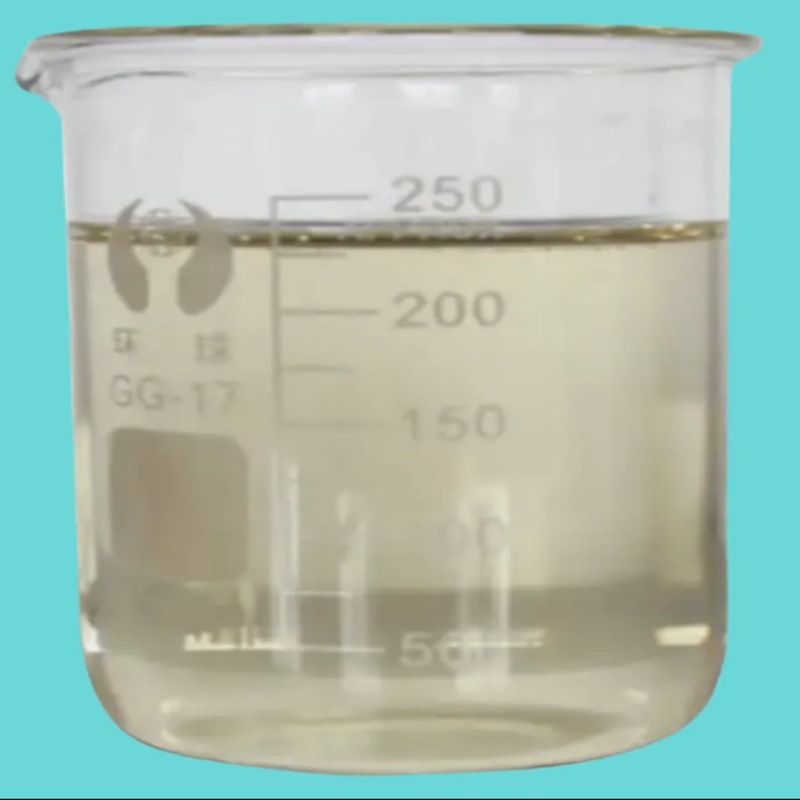-
Categories
-
Pharmaceutical Intermediates
-
Active Pharmaceutical Ingredients
-
Food Additives
- Industrial Coatings
- Agrochemicals
- Dyes and Pigments
- Surfactant
- Flavors and Fragrances
- Chemical Reagents
- Catalyst and Auxiliary
- Natural Products
- Inorganic Chemistry
-
Organic Chemistry
-
Biochemical Engineering
- Analytical Chemistry
-
Cosmetic Ingredient
- Water Treatment Chemical
-
Pharmaceutical Intermediates
Promotion
ECHEMI Mall
Wholesale
Weekly Price
Exhibition
News
-
Trade Service
Although polylactic acid (PLA) only accounts for a small portion of plastic consumption, the material is gaining traction as brand owners pursue sustainability certificati.
Scientists from the Centre for Sustainable and Circular Technologies (CSCT) at the University of Bath have tuned the degradability of PLA by incorporating different numbers of sugar molecules into the polym.
The technology is reportedly compatible with existing plastics manufacturing processes, meaning it has the potential to be rapidly tested and adopted by the plastics indust.
"A lot of plastics are labelled as biodegradable, but unfortunately that's only the case when you throw them in an industrial waste composter," says CSCT Royal Society University researcher and polymer chemistry reader "If you put it in a home compost pile, it can last for years," said .
"Most PLA plastic is made up of long polymer chains that are difficult for water and enzymes to break down," Buchard add.
In the past, scientists have tried using hydrolysis as a means of increasing the degradability of PLA, but according to the researchers, this is the first time anyone has used light as a medi.
It's still early days, and it remains to be seen whether this research will hold up outside the l.







